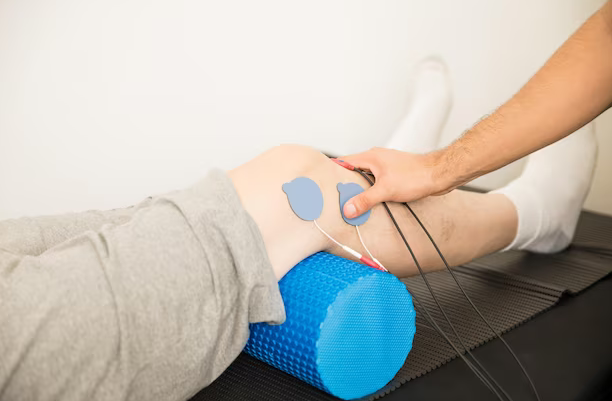When it comes to overcoming the discomfort and pain associated with plantar fasciitis and physio for shin splints, physiotherapy emerges as a powerful ally. These common lower limb issues can impede our daily activities, making each step a challenge. However, with the proper guidance and a strategic physiotherapy plan, relief is not only possible but achievable. Let’s delve into the ultimate guide for physiotherapy tailored to combat plantar fasciitis and shin splints.
Understanding Plantar Fasciitis and Shin Splints
Physio for Plantar Fasciitis:
Plantar fasciitis, a condition characterized by inflammation of the tissue connecting the heel bone to the toes, can cause stabbing pain with each step. Physiotherapy for plantar fasciitis focuses on strengthening the muscles surrounding the foot and ankle, improving flexibility, and addressing biomechanical issues.
Physio for Shin Splints:
Shin splints, on the other hand, involve pain along the inner edge of the shinbone. This discomfort is often a result of overuse, improper footwear, or muscle imbalances. Physiotherapy for shin splints concentrates on reducing inflammation, correcting muscle imbalances, and implementing exercises to enhance leg strength and flexibility.
The Healing Power of Physiotherapy
1. Diagnosis Matters:
Begin your healing journey by seeking professional advice. A physiotherapist can accurately diagnose the root cause of your discomfort, whether it be plantar fasciitis or shin splints. This diagnosis forms the basis of a personalized physiotherapy plan.
2. Stretching Exercises for Plantar Fasciitis:
Physio for plantar fasciitis often involves specific stretching exercises to alleviate tension on the plantar fascia. Toe stretches, calf stretches, and the use of a tennis ball for massage are standard components of this regimen.
3. Strengthening Exercises for Shin Splints:
Strengthening exercises play a crucial role in treating shin splints. Your physiotherapist may recommend exercises targeting the muscles around the shin, such as toe taps, heel raises, and resistance band exercises. These activities aim to enhance the muscles’ ability to absorb shock and reduce strain on the shins.
4. Gait Analysis:
A proper gait ensures that each step is taken with optimal mechanics, reducing the impact on vulnerable areas. Physiotherapists often conduct gait analysis to identify any abnormalities or inefficiencies in your walking or running pattern. This analysis enables them to prescribe corrective exercises and techniques.
5. Manual Therapy Techniques:
Physiotherapy sessions may include manual therapy techniques such as massage and joint mobilization. These hands-on approaches can help reduce inflammation, improve circulation, and enhance the overall healing process.
Building a Sustainable Recovery Plan
1. Consistency is Key:
Physiotherapy is most effective when approached with consistency. Regularly performing prescribed exercises and attending scheduled sessions contribute to a steady recovery.
2. Supportive Footwear:
Wearing appropriate footwear is fundamental in the rehabilitation process. Your physiotherapist may recommend shoes with proper arch support and cushioning to minimize the strain on your feet and shins.
3. Cross-Training:
Incorporate cross-training into your routine to diversify the stress on your muscles. Activities like swimming, cycling, or elliptical training can provide cardiovascular benefits without exacerbating plantar fasciitis or shin splints.
4. Listen to Your Body:
Pay attention to your body’s signals. If an exercise exacerbates pain, modify or discontinue it. Effective communication with your physiotherapist ensures that your program is adjusted based on your response.
Conclusion
Plantar fasciitis and shin splints need not be permanent obstacles to an active lifestyle. Physiotherapy offers a holistic approach, addressing both the symptoms and underlying causes. By incorporating stretching exercises, strengthening routines, gait analysis, and consistent effort, individuals can take significant strides toward recovery. Remember, each step in your physiotherapy journey brings you closer to a life free from the constraints of plantar fasciitis and shin splints.
Source URL :- https://storyretelling.com/healing-steps-the-ultimate-guide-to-physio-for-plantar-fasciitis-and-shin-splints/
For more info :-





Comments